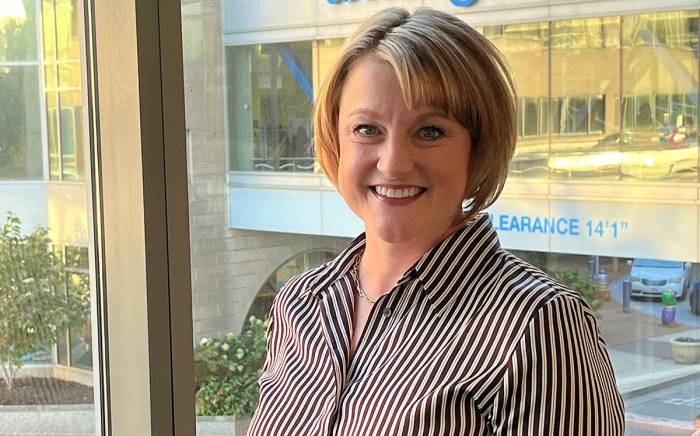What is tarsal coalition?
Tarsal bones are located in the foot at the top of the arch, the heel and the ankle. These bones form joints that are important to proper foot function.
An abnormal connection between two or more of these bones is called tarsal coalition. This abnormal connection can include bone as well as cartilage (the tissue that covers the surface of a bone at a joint) and fibrous tissue (the body’s common connective tissue). These abnormal growths decrease or entirely prevent range of motion and cause pain.
What causes tarsal coalition?
Tarsal coalition is usually an inherited condition. It occurs when individual bones in the foot do not form properly when a fetus is developing. Less common causes for the condition are arthritis, infections and a prior injury to the area.
What are the symptoms of tarsal coalition?
Although most people with tarsal coalition are born with the condition, symptoms usually do not appear until the bones begin to mature, usually between the ages of 8 and 16 years. For some people, symptoms don’t start until they are young adults. These symptoms can include:
- Pain, usually on the outside and top of the foot
- Flatfoot in one or both feet
- Stiffness of the foot and ankle
- Muscle spasms in the leg, which cause the leg to turn outward when walking
- Tired or fatigued legs
How is tarsal coalition diagnosed?
Tarsal coalitions are diagnosed through physical examination of the foot and ankle, a medical history of the patient and family, and X-rays. Advanced diagnostic tests such as magnetic resonance imaging (MRI) and computed tomography (CT) scan may be used to confirm the diagnosis and determine the type of collation, its location and how the joints are affected.
What is the treatment for tarsal coalition?
There are a number of nonsurgical treatments for tarsal coalition. One or more of them may be used. The goal is to reduce pain and muscle spasm by further limiting range of motion in the affected joint(s). These treatments include:
- Nonsteroidal anti-inflammatory drugs (NSAIDs) such as ibuprofen to reduce pain and inflammation.
- Physical therapy, including massage, range-of-motion exercises and ultrasound therapy.
- Steroid injection(s) into the affected joint to reduce pain and inflammation.
- Customized orthotic devices that limit joint motion and relieve pain.
- Immobilizing the foot in a cast or cast boot in order to rest the affected area.
If these treatments are not effective, surgery may be needed. When there is no arthritis present, the goal of surgery is to remove the abnormal growth of bone and/or tissue to restore normal range of motion. In some cases, however, the goal of surgery is to limit range of motion by fusing affected joints.
For more information
For more information about tarsal coalition and its treatment at St. Louis Children’s Hospital, contact us at 314.454.5437 or 800.678.5437.










